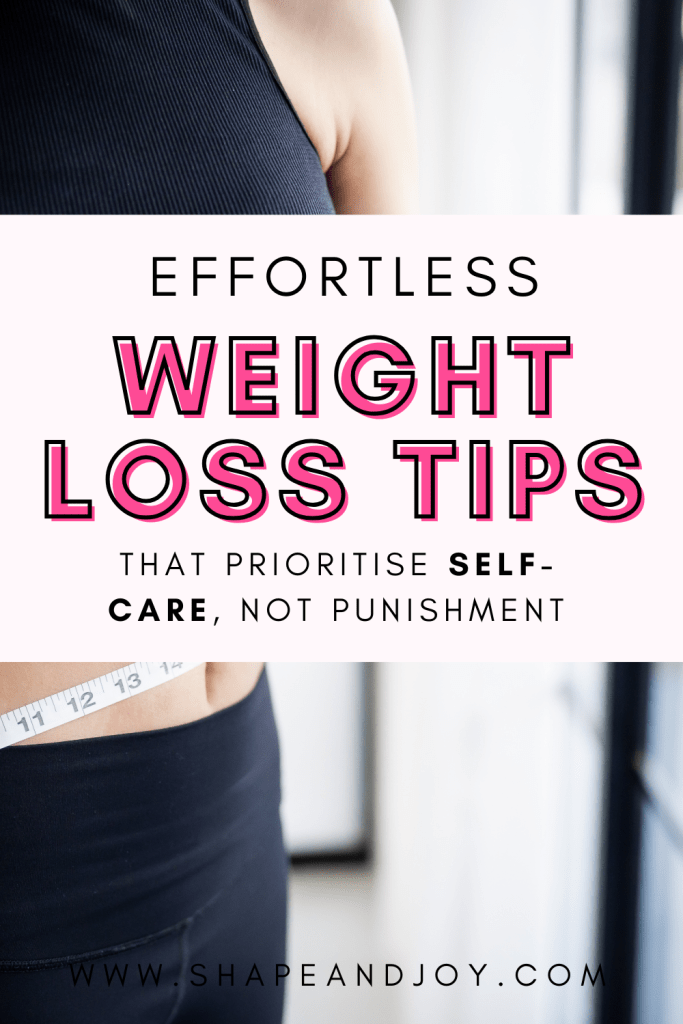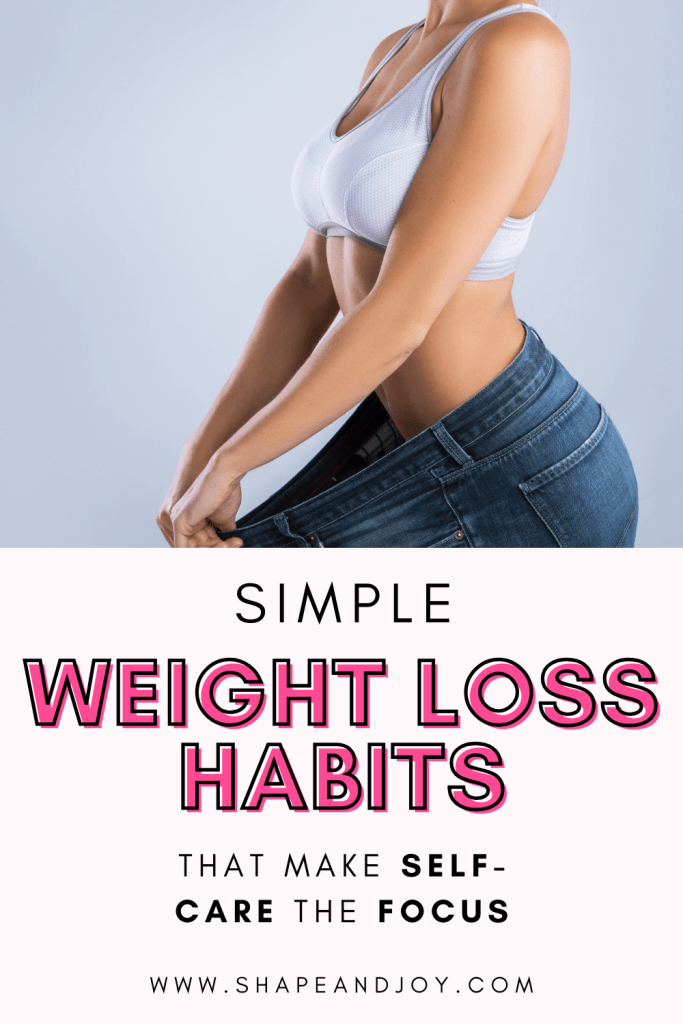GLP-1 Weight Loss Stalled? Here’s Exactly How to Get Back on Track

Weight loss stalled? Welcome to the club! You’re doing all the “right” things — taking your GLP-1 meds, trying to eat better, maybe even dragging yourself out for the occasional walk — and suddenly… nothing.
The scale’s frozen. Your jeans still fit the same. And your motivation? Where is she?
But let me tell you this loud and clear: this is normal. A stall isn’t the end. It’s not proof you’re doing it wrong. It’s just part of the journey — and what you do next is what actually matters.
Let’s break it down and get you moving again (without the meltdown or chucking your progress in the bin).
- Why Has My Weight Loss Stalled?
- Is It Really a Stall… Or Just a Bad Week?
- What To Do When Your Weight Loss Stalled and You’re Ready to Chuck It All
- When Your Brain Says “You’ve Failed” — Tell It to Pipe Down
- How a Growth Mindset Gets You Through a Weight Loss Stall
- 5 Things That Still Count (Even If the Scale’s Being a Cow)
- Bottom Line: A Weight Loss Stall Doesn’t Mean You’ve Failed
Why Has My Weight Loss Stalled?
First things first — breathe. This isn’t a cosmic punishment or a sign your GLP-1 meds have suddenly stopped working. Weight loss isn’t linear, and stalls happen to everyone.
Here’s why:
- Your body’s adjusting. It’s clever, that body of yours. When it notices weight coming off, it recalibrates — adjusting hormones, slowing digestion, conserving energy. It’s not trying to sabotage you. It’s trying to survive.
- Water retention’s a sneaky little gremlin. Especially if you’ve started moving more or changed your diet. That scale might be hiding fat loss behind a water weight smoke screen.
- You’re eating too little — or too erratically. Not feeling hungry on GLP-1s? You might be under-fuelling, which leads to stalls, fatigue, and cravings.
- Habits got a bit wobbly. Life got busy, protein dipped, hydration slipped, and your steps dropped off — it happens. But that doesn’t mean you’re back at square one.
These are exactly the kind of wobble the IAGAM Mindset Ebook helps you navigate. It gives you tools to stay grounded when your brain’s throwing tantrums and your progress feels invisible.
Need help tightening things up again? Go check Struggling to Stay on Track? Try This Simple Daily GLP-1 Routine — it’ll give your day a proper reset.
Is It Really a Stall… Or Just a Bad Week?
Sometimes what feels like a stall is just a blip — a week of off-schedule meals, stress, sleep chaos or hormones doing their monthly dance.
So before you spiral, check these:
- Clothes fitting differently? You might be recomposing (losing fat, gaining muscle or water).
- Energy up? Sleep better? Mood calmer? Those are signs of progress — even if the scale’s sulking.
- Tracking properly? Or just “sort of” estimating portions and eyeballing protein?
Don’t just measure one thing. Use all the data: tape, clothes, mood, fitness, food log. The scale is just one noisy voice in a choir — don’t let it solo.
Want to remember all the other wins that matter? Go read Beyond the Scale: Recognising Non-Scale Victories on GLP-1 — it’ll shift your perspective fast.
What To Do When Your Weight Loss Stalled and You’re Ready to Chuck It All
Right. So let’s say this isn’t just a moody week. Your weight loss stalled and it’s been a solid two, maybe three weeks of zero movement. Here’s your plan:
1. Eat More
Yes, really. If you’ve been under-eating (because you’re never hungry anymore), your body might be holding onto weight like Smaug hoarding gold under the Lonely Mountain. Try this:
- 3 meals a day minimum, even if small
- 20–30g protein per meal
- Add in some healthy fats and carbs to support your hormones and energy
Need help with food structure? My GLP-1-Friendly Meal Plan is your new best mate.
2. Move a Bit More (Without Going Full Bootcamp)
No, you don’t need to double your steps or train like a Spartan. But if you’ve been mostly sedentary, your body might need a nudge:
- Walk for 10–20 minutes after a meal
- Try light resistance workouts at home (think: squats, push-ups, resistance bands)
- Dance, garden, pace while you’re on the phone — movement is movement
Consistency beats intensity, every single time.
3. Tighten Up Without Going Extreme
Have a quick scan through:
- Skipping meals too often?
- Grazing instead of eating balanced plates?
- Relying too heavily on “GLP-1 safe” snacks and forgetting real meals?
Start with one upgrade: a proper breakfast, or protein at every meal. You don’t need a diet overhaul — just a return to rhythm.
📌 Pin this for later! ⬇

When Your Brain Says “You’ve Failed” — Tell It to Pipe Down
This is the bit that matters most.
When weight loss stalled, it’s so easy to spiral:
- “I knew this wouldn’t last.”
- “I’ve messed it up.”
- “Maybe I’m just meant to be this weight forever.”
NOPE. Not today, brain. This is where the growth happens.
Progress doesn’t come from never messing up — it comes from not giving up when it gets hard.
Here’s your script:
“I haven’t failed. I’ve just hit a pause. Now I assess, adjust, and keep going.”
This is where having a reset strategy that’s rooted in identity and mindset really matters. That’s why I created IAGAM – to help you build the bounce-back muscle when the scale stalls and your confidence wobbles.
Need a good mindset reboot? Read Why You Still Self-Sabotage on GLP-1s (and How to Finally Rewire Your Identity) — it’s got your name all over it.
How a Growth Mindset Gets You Through a Weight Loss Stall
Let’s have a word about your mindset. Because if you’re staring at the scale thinking, “I’ll never get there”, that’s not motivation talking—that’s your inner critic trying to hijack the whole mission.
What you need here is a growth mindset.
A growth mindset says:
- “This is hard, but I can learn what works.”
- “I haven’t failed—I’m just not there yet.”
- “Every stall teaches me something… even if what it’s teaching me is patience!”
Your brain will throw tantrums like:
- “It’s not working anymore.”
- “See? You’re back at square one.”
- “Might as well have that entire pack of biscuits.”
And that’s when you pause and go, “Alright brain, calm down. I’ve stalled before and kept going. I can do it again.”
Instead of obsessing over the outcome, zoom in on your actions:
- Did I stick to my GLP-1 routine this week?
- Did I move, fuel, and hydrate—even when I couldn’t be arsed?
- Did I reset instead of quit?
If the answer’s yes, that’s growth. And that’s progress.

5 Things That Still Count (Even If the Scale’s Being a Cow)
Let’s not pretend the number doesn’t matter at all. But if that’s the only thing you’re measuring, you’re setting yourself up to feel crap.
Here are wins that count just as much:
- You made protein a habit
- You’re not bingeing like you used to
- You move more, even just a little
- You feel calmer around food
- You’re showing up, again and again
That is success. That is progress. And that is exactly how real, lasting transformation happens.
If you need help translating that mindset into actual goals, go revisit GLP-1 Goal Setting That Actually Works — because vague hopes won’t carry you through a stall.
The IAGAM Framework
If you’ve ever found yourself slipping back into old habits, even with GLP-1s doing their job – it’s not because you’re lazy or broken. It’s because you’re still thinking like the “old you.”
That’s why I created the IAGAM Mindset Weight Loss Ebook – a guide for shifting the stories you tell yourself, one tiny action at a time.
IAGAM stands for:
- Identity – Who you believe you are and who you want to be
- Action – What you consistently do and how to take each step
- Growth – How you respond to challenges and learn from them
- Achievement – What success really means to you and how to maintain it
- Mindset – The thoughts and beliefs that drive it all
This isn’t another “believe in yourself!” pep talk. It’s a mindset reset, with structure.
Inside, you’ll find:
- A roadmap that takes you step by step through changing how you see yourself
- Over 100 pages of empowering mindset prompts, habit strategies, and printable tools
- Specific support for GLP-1 users – because your journey isn’t the same as everyone else’s
- Journal pages, identity scripts, and mini wins that keep you going even when the scale stalls
Bottom Line: A Weight Loss Stall Doesn’t Mean You’ve Failed
Your weight loss stalled? Fine. It happens. It’s not the end. Nor the beginning of the end. It’s just your body saying, “Oi, give me a minute to catch up.”
This is where most people quit — but you’re not most people. You’re building something sustainable, remember?
Next Steps:
A plateau doesn’t mean it’s over. It means it’s time to level up.
- Grab my free GLP-1 Goal & Motivation Kickstart Kit to help you map out identity-based habits that actually stick.
- Read: Beyond the Scale: Recognising Non-Scale Victories on GLP-1 for fresh ways to measure progress.
- Or explore GLP-1-Friendly Fitness Tips for ways to build movement into your day without the pressure.
So pause. Assess. Reset your habits. Honour your effort. Then get back in the ring.
Because you’ve already come too far to give up now.
📌 Pin this for later! ⬇

Read More:
Wondering if plateaus are part of the process? They are. A Cleveland Clinic study found that long-term GLP-1 success depends on consistency, lifestyle changes, and sticking with treatment — even when progress slows. It’s not failure, it’s physiology. Read the study summary here.

















































